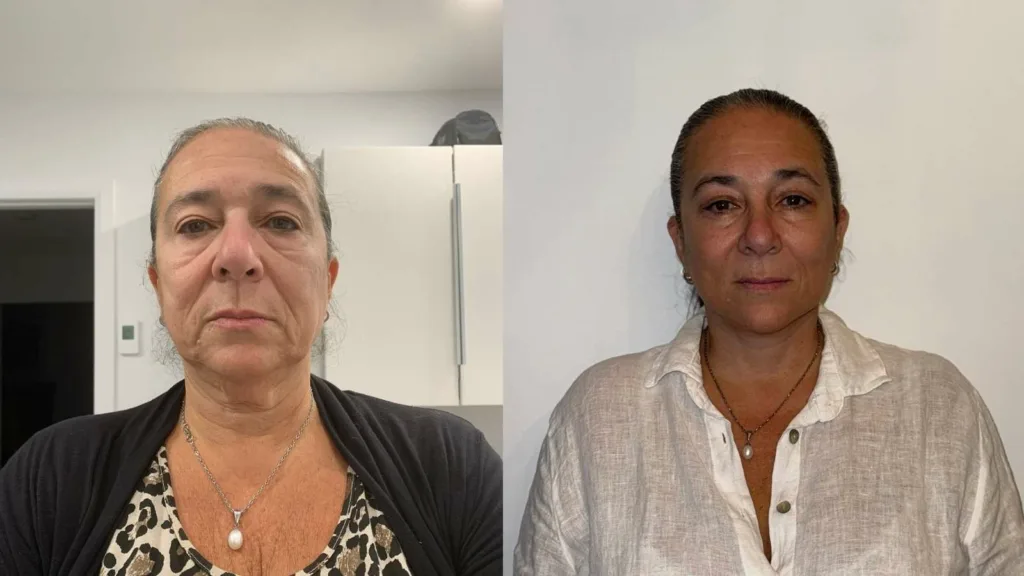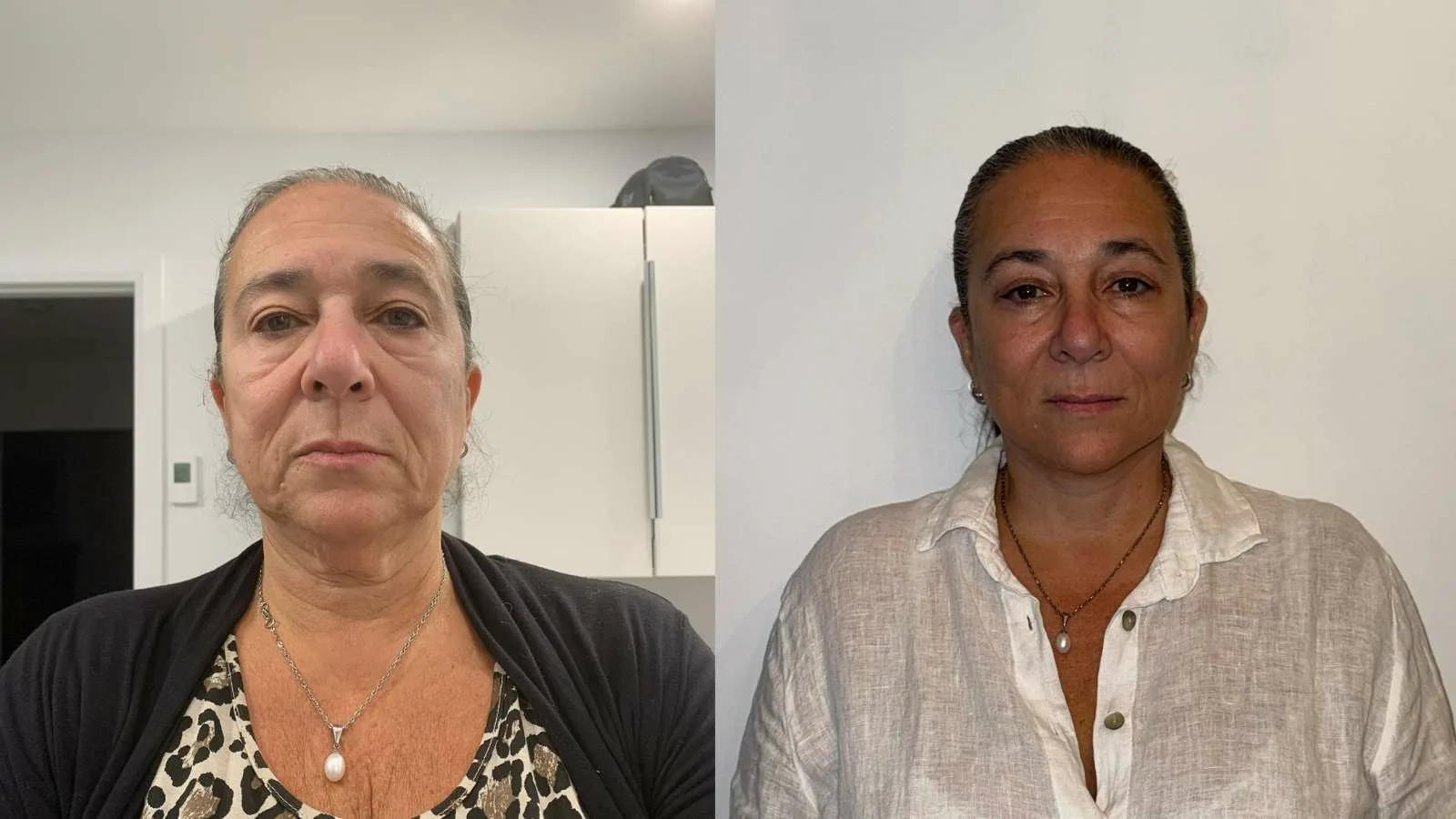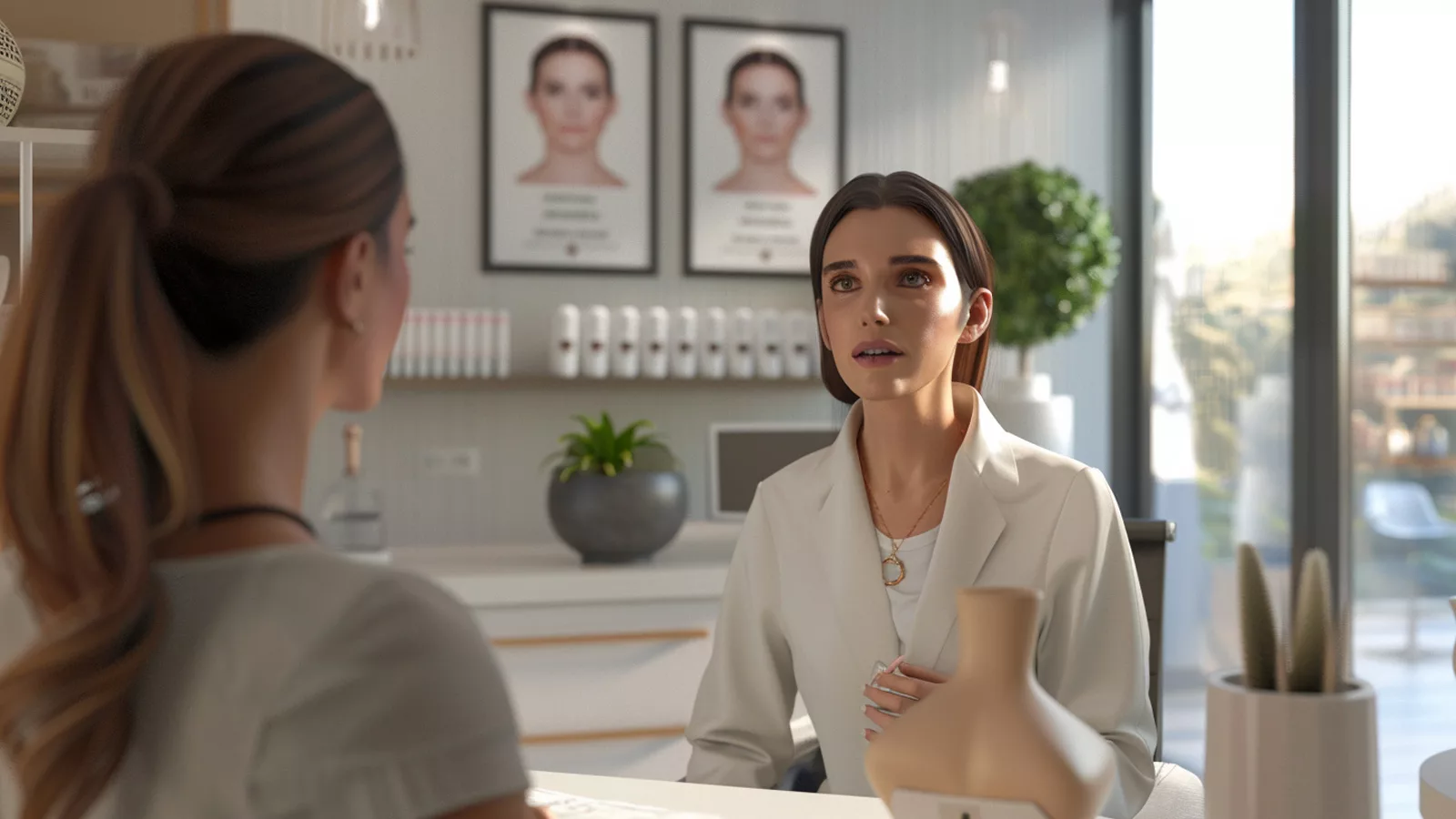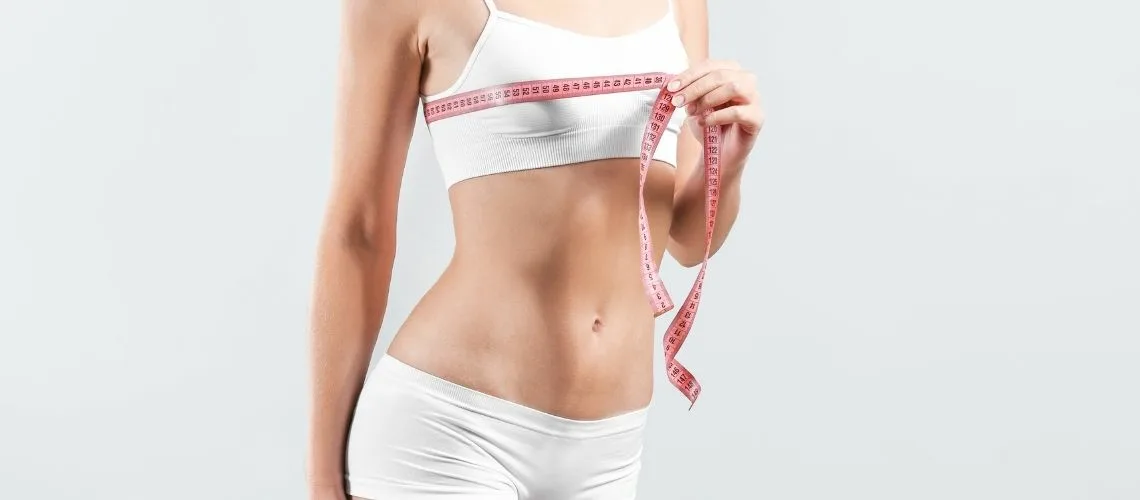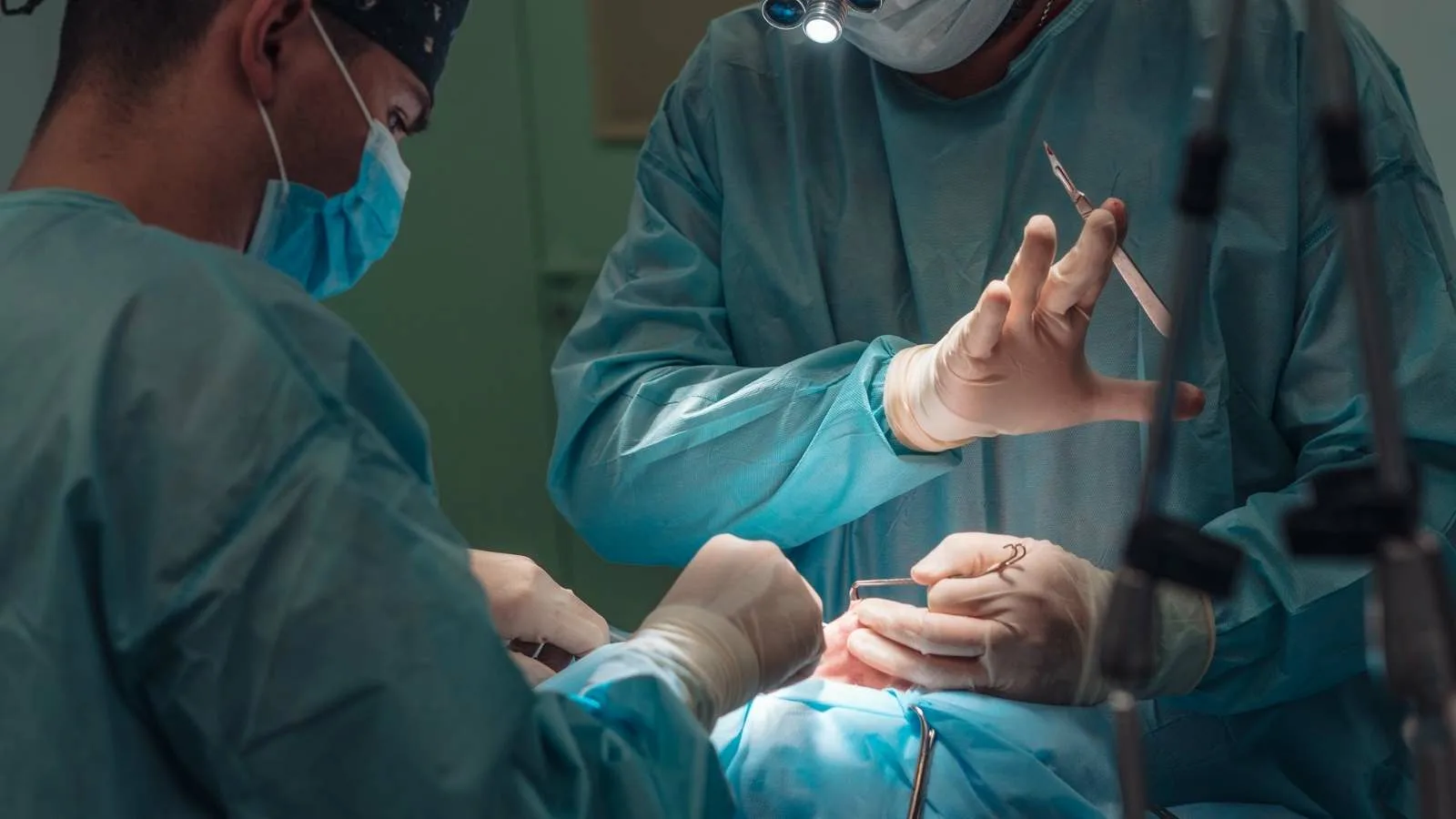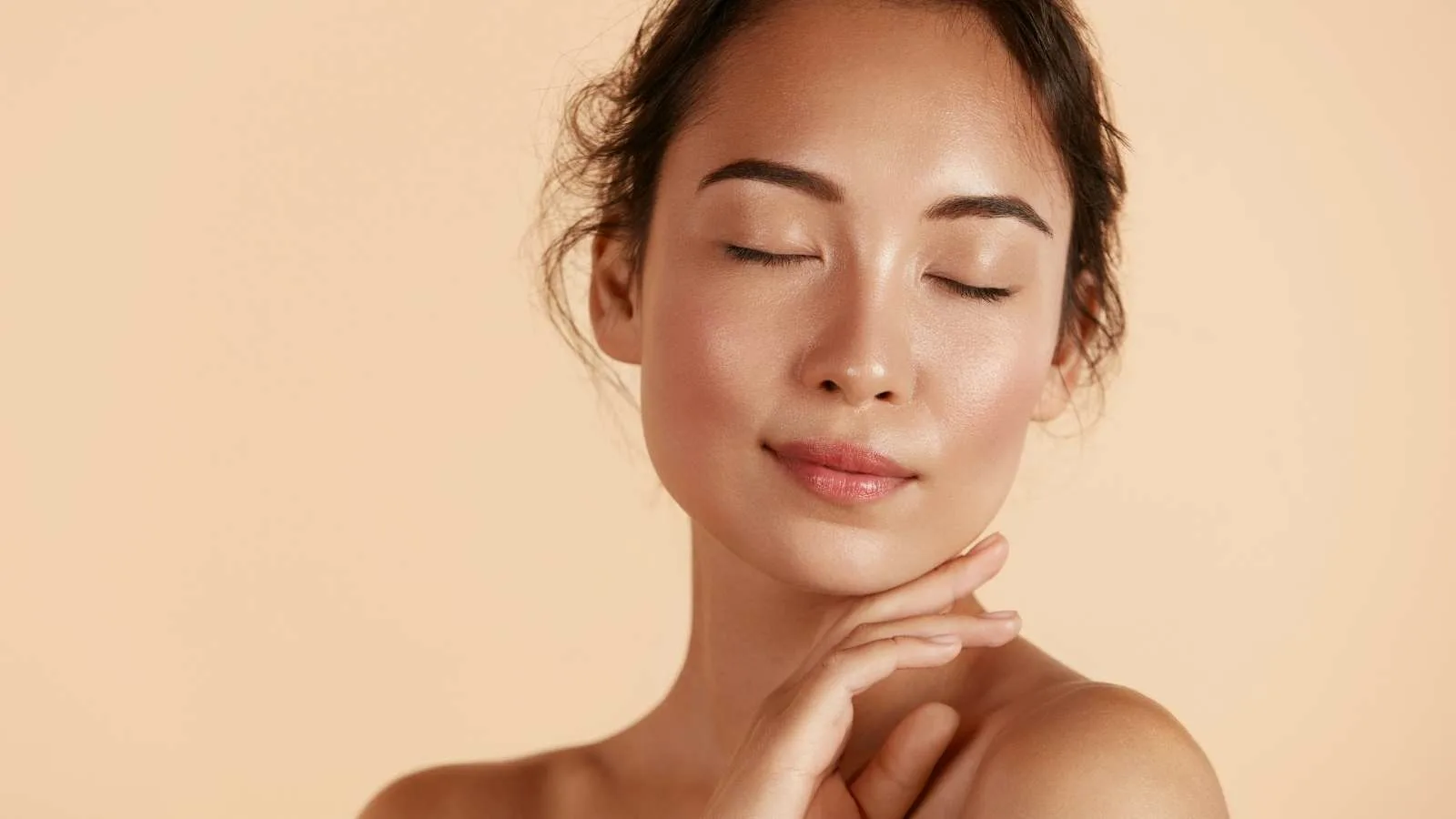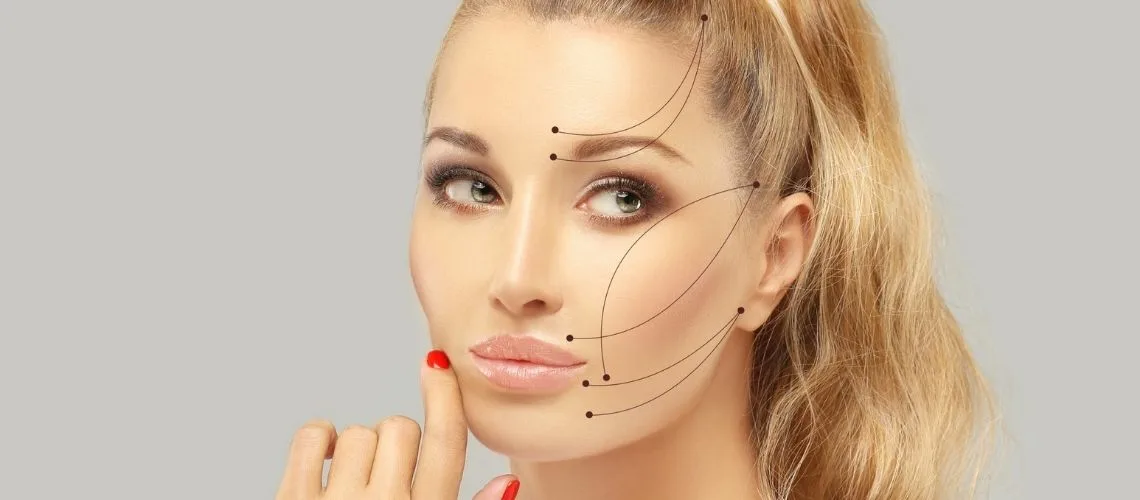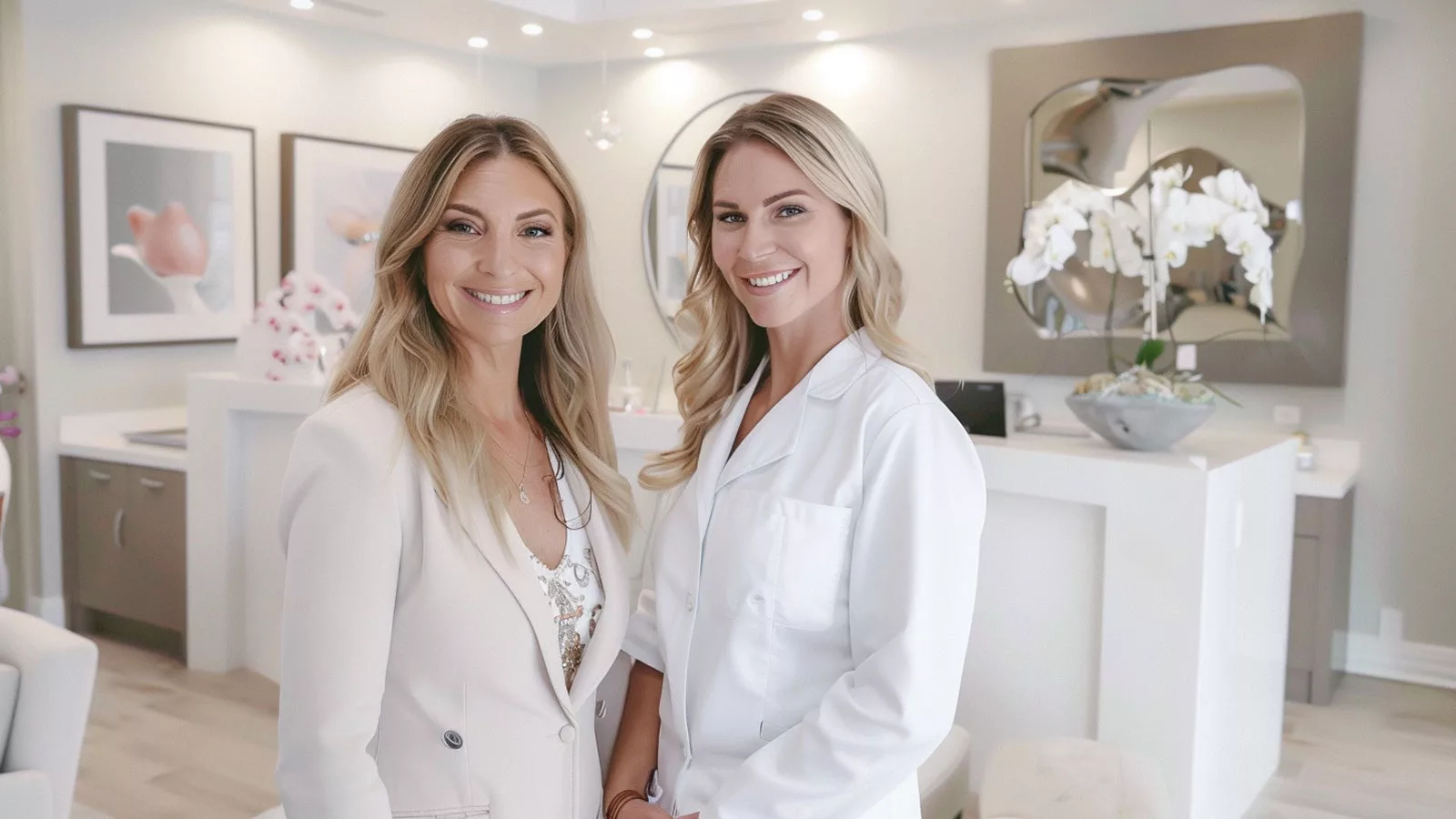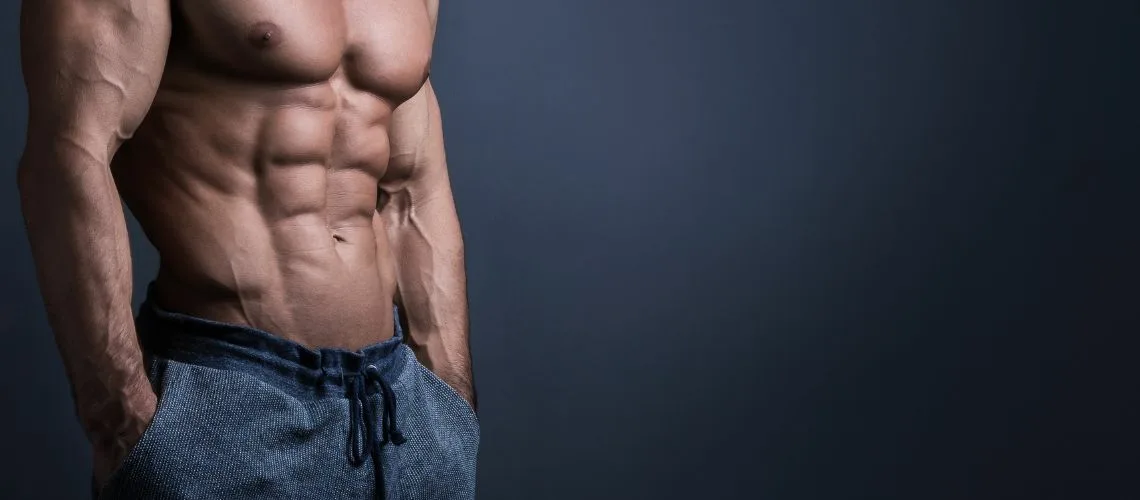Deep plane facelift combined with neck lift provides advanced rejuvenation results. This surgical technique addresses deep tissue layers, improving sagging skin, jowls, and neck contours for a more natural and youthful appearance.
Before and after results of deep plane facelift highlight its effectiveness. Patients achieve long-lasting improvements with minimal scarring, showcasing how modern approaches deliver balanced and harmonious facial rejuvenation.
Benefits of deep plane facelift with neck lift include natural outcomes. Unlike traditional facelifts, this method repositions deeper structures, avoiding an over-tightened look while enhancing overall facial proportions.
Patient satisfaction with combined facelift and neck lift is high. Photographic comparisons demonstrate smoother jawlines, improved neck definition, and a refreshed facial profile, confirming the procedure as a reliable anti-aging solution.
Patient Profile
- Age/Gender: 52-year-old female
- Chief Complaints:
- Drooping outer brow causing a “tired” look
- Excess skin and hooding of the upper eyelids
- Under-eye bags and tear trough hollows
- Midface and neck skin laxity
- Volume loss in cheeks and perioral region
Preoperative Assessment
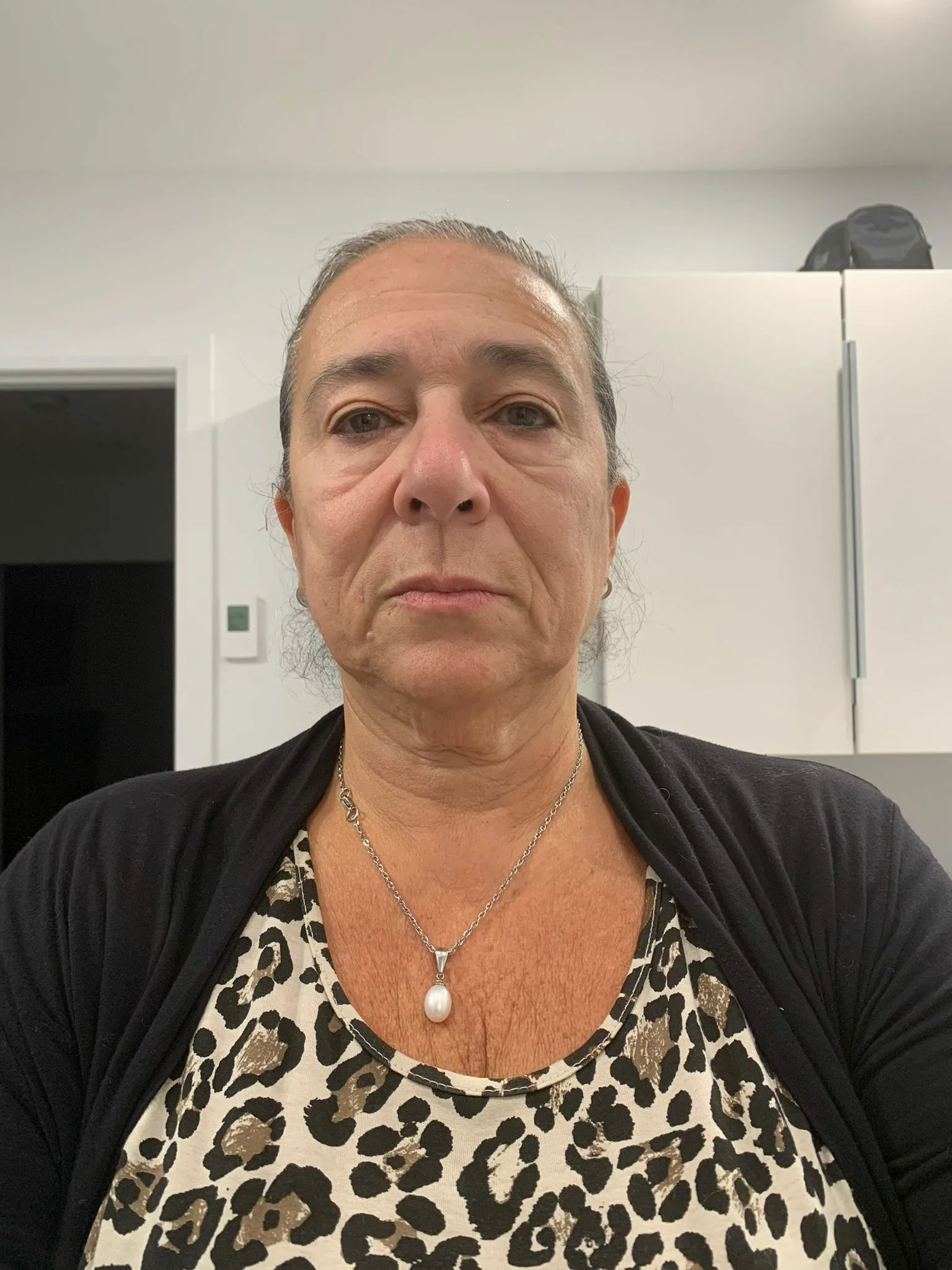
On examination, the patient exhibited marked temporal brow descent with lateral hooding, bilateral upper-eyelid dermatochalasis, and prominent lower-eyelid fat pads contributing to a fatigued appearance. Skin elasticity in the malar and submandibular regions was reduced, with loss of mandibular border definition and platysmal banding in the neck. Facial volume loss was noted in the cheeks and nasolabial folds.
Goals of Surgery:
- Elevate and reshape the lateral brow for a more open, youthful eye frame.
- Remove excess upper-eyelid skin while preserving eyelid function.
- Address lower-eyelid bags and smooth the lid–cheek junction.
- Reposition deeper facial tissues and tighten neck structures using a deep-plane approach.
- Restore youthful volume with autologous fat grafting.
Surgical Plan & Techniques
- Lateral Brow Lift
- Incisions: Small pre-hairline incisions placed laterally above the temporal hairline.
- Technique: Endoscopically assisted elevation of the lateral brow complex; fixation with resorbable suspension sutures to the deep temporal fascia to achieve a natural arch.
- Upper Eyelid Blepharoplasty
- Incision Design: Marked along the natural supratarsal crease.
- Tissue Resection: Excision of redundant skin and conservative removal of prolapsed orbital fat while preserving levator function.
- Closure: Layered closure with fine, non-reactive sutures for minimal scarring.
- Lower Eyelid Blepharoplasty
- Approach: Transconjunctival fat excision for central and medial fat pads; orbicularis muscle suspension to support the eyelid.
- Skin Management: Minimal skin pinch to avoid lower-lid retraction; resurfacing with CO₂ laser to improve texture.
- Deep-Plane Face and Neck Lift
- Incisions: Standard preauricular and postauricular incisions extended into the hairline.
- Deep-Plane Dissection: Elevation of the skin and SMAS layers as a single unit to mobilize the malar fat pad and jowl tissues.
- Platysma Repair: Midline platysmaplasty and lateral platysma plication for neck contour.
- Redraping & Fixation: Tissue repositioning over the zygomatic arch; fixation to the temporal fascia to maintain vector.
- Autologous Fat Injection
- Harvesting: Low-pressure liposuction of the lower abdomen.
- Processing: Centrifugation and purification of adipose graft.
- Injection Sites: Bilateral malar regions, nasolabial folds, and prejowl sulcus using micro-cannulas for even distribution.
Postoperative Management
- Immediate Care: Cold compresses around the eyes and brow; head-elevated sleeping position.
- Medications: Short course of oral antibiotics, NSAIDs for pain control, and corticosteroids to minimize swelling.
- Follow-Up: Suture removal at 7 days; evaluation at 1 month, 3 months, and 6 months.
Outcomes

- Aesthetic Improvement:
- Brow Position: Lateral brow elevated by ~4 mm, restoring a gentle arch.
- Eyelids: Upper-eyelid crease crisp with no residual hooding; lower-eyelid bags resolved with smooth lid–cheek transition.
- Facial Contour: Malar fullness restored, jawline redefined, and neck tightness achieved.
- Patient Satisfaction:
- Reported a natural, rested appearance without a “wind-blown” look.
- Minimal downtime; returned to social activities by 10 days.
Discussion
Combining a lateral brow lift with blepharoplasty addresses both skeletal and cutaneous elements of periorbital aging. The deep-plane approach allows repositioning of the midfacial soft tissues in a more anatomic vector, yielding longer-lasting results compared to superficial SMAS lifts. Autologous fat grafting complements structural lifting by replenishing lost volume, enhancing facial harmony.
Key Points:
- Multiplanar rejuvenation ensures natural results.
- Conservative tissue removal and precise suspension prevent sunken or over-pulled appearances.
- Staged follow-up is critical to monitor healing and optimize outcomes.
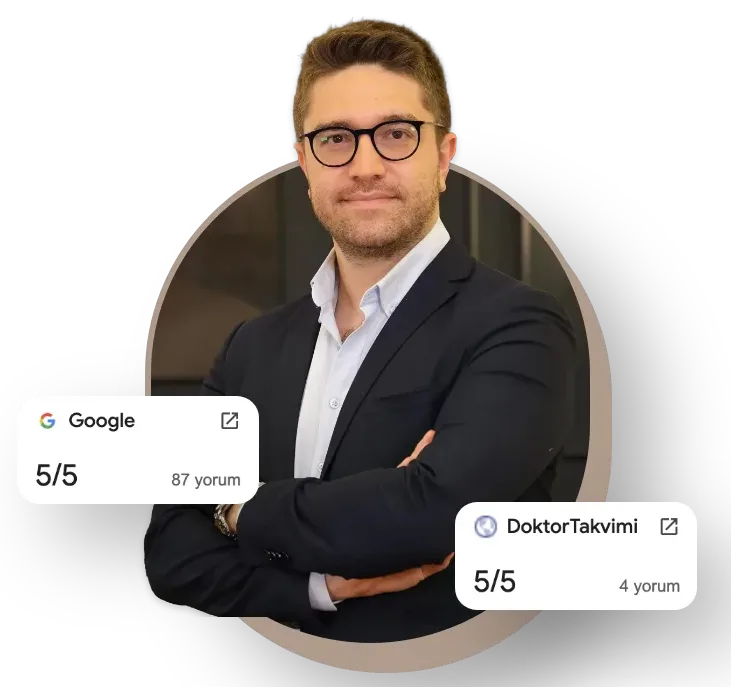
Op. Dr. Erman Ak is an internationally experienced specialist known for facial, breast, and body contouring surgeries in the field of aesthetic surgery. With his natural result–oriented surgical philosophy, modern techniques, and artistic vision, he is among the leading names in aesthetic surgery in Türkiye. A graduate of Hacettepe University Faculty of Medicine, Dr. Ak completed his residency at the Istanbul University Çapa Faculty of Medicine, Department of Plastic, Reconstructive and Aesthetic Surgery.
During his training, he received advanced microsurgery education from Prof. Dr. Fu Chan Wei at the Taiwan Chang Gung Memorial Hospital and was awarded the European Aesthetic Plastic Surgery Qualification by the European Board of Plastic Surgery (EBOPRAS). He also conducted advanced studies on facial and breast aesthetics as an ISAPS fellow at the Villa Bella Clinic (Italy) with Prof. Dr. Giovanni and Chiara Botti.
Op. Dr. Erman Ak approaches aesthetic surgery as a personalized art, tailoring each patient’s treatment according to facial proportions, skin structure, and natural aesthetic harmony. His expertise includes deep-plane face and neck lift, lip lift, buccal fat removal (bichectomy), breast augmentation and lifting, abdominoplasty, liposuction, BBL, and mommy makeover. He currently provides safe, natural, and holistic aesthetic treatments using modern techniques in his private clinic in Istanbul.

